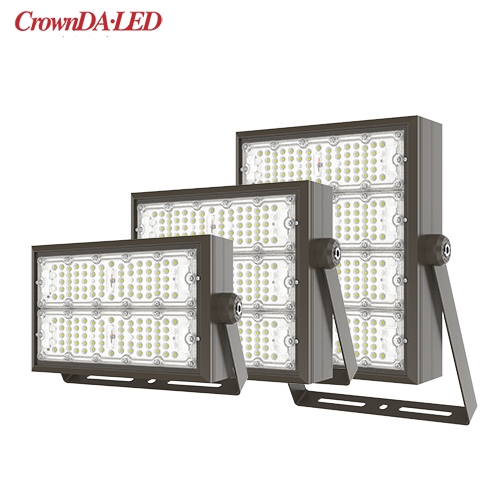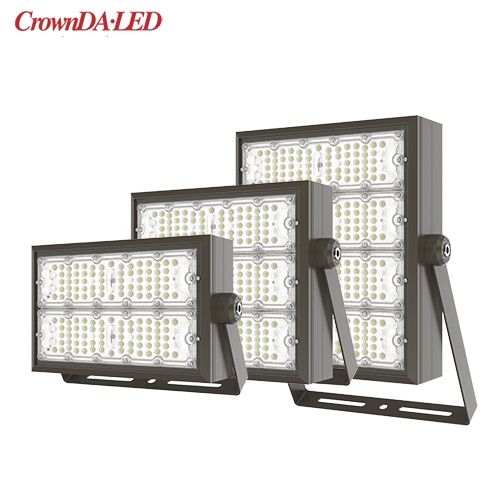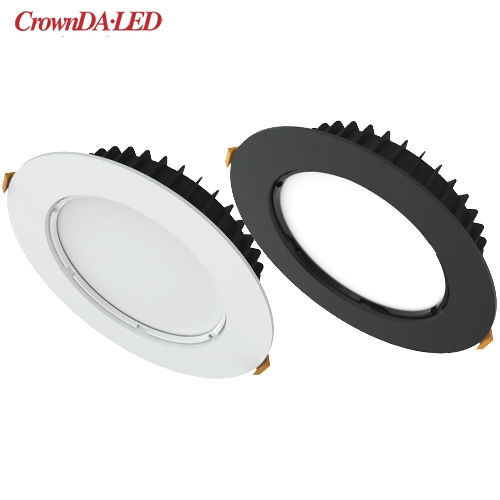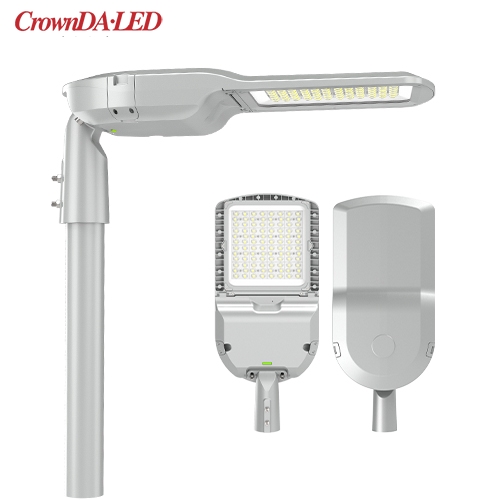25W-320W FCC CE одобрил светодиодные уличные фонари серии S7 (B)
► Высокая эффективность: 130 лм/Вт, 150 лм/Вт и 170 лм/Вт.
► Антибликовый поликарбонатный объектив. Опциональный угол луча: 60°/90°/120°/T2M/T3M/T4M.
► 0–10 В с регулируемой яркостью / контроль времени / датчик освещенности / контроль лота

 What are the solar panel component materials? And what is the role of each component?
What are the solar panel component materials? And what is the role of each component?


